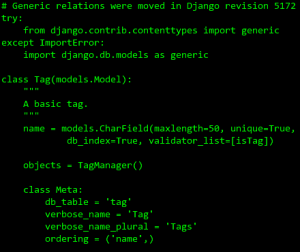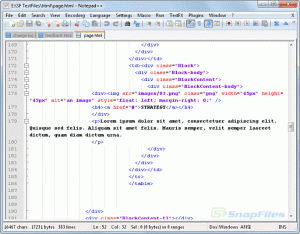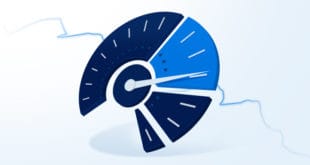 With the advent of WYSIWYG (What You See Is What You Get) visual editors and user-friendly web design applications, webmasters/developers no longer need to become proficient in programming languages in order to create excellent looking sites. However, your ability to perform server maintenance/administration, and produce reliable, optimally performing web applications and interactive pages that outdo the competition would be greatly enhanced if you were well-versed in several programming languages. Unfortunately, the process of learning how to program is very complex, leading many to become discouraged by the sheer temporal and mental devotion required. If you’ve hit a similar roadblock, despite taking advanced courses and following a small library of tutorials, consider the following four ways to learn programming languages faster:
With the advent of WYSIWYG (What You See Is What You Get) visual editors and user-friendly web design applications, webmasters/developers no longer need to become proficient in programming languages in order to create excellent looking sites. However, your ability to perform server maintenance/administration, and produce reliable, optimally performing web applications and interactive pages that outdo the competition would be greatly enhanced if you were well-versed in several programming languages. Unfortunately, the process of learning how to program is very complex, leading many to become discouraged by the sheer temporal and mental devotion required. If you’ve hit a similar roadblock, despite taking advanced courses and following a small library of tutorials, consider the following four ways to learn programming languages faster:
Analyze and Understand Example Code
Learning programming through reading information is not like learning how to complete other tasks through reading, as you can’t simply read over the code and grasp/retain what you’re looking at. You need to thoroughly analyze it and understand how each component interacts with each other. Although doing this is initially time-consuming because you could spend several minutes studying a single snippet, in the long run you be saving time and frustration because you get a better fundamental grip on the programming language you’re learning.
Modify Code within a Compiler and Test Using Validators/Debuggers
To test your understanding you need to be able to confidently theorize how the code could be changed to suit another custom purpose. Do this within a programming compiler and then run the code through a debugger or validator, as this will keep you from making unnecessary mistakes by pointing out errors and suggestion fixes. Instead of pasting the code into a compiler, type it in manually piece by piece, as this will help you memorize how each component serves to affect the functionality of the output. Any experienced programmer will tell you that the fastest way to learn a language is to modify existing code snippets to examine how they can be applied to various situations.
Learn How to Use a Debugger and Advanced Text Editor
 A code debugger takes all of the hassle out of analyzing and correcting programming errors, as it gives you a module in which each aspect is thoroughly broken down and simplified. As an amateur programmer it can be easy to come down with the “wall of text” syndrome, in which you become intimidated by the amount of data presented within a page of code. Using a debugger and/or a color-coded text editor will segment your code into various sections that are easier to view individually, so you can walk through the wall step-by-step and emerge on the other side intact. Surprisingly, many aspiring programmers try to minimize their use of the debugger as they somehow feel it is cheating. This couldn’t be further from the truth, however, because a debugger is the fastest way to notice and correct the errors of your ways before they become habits.
A code debugger takes all of the hassle out of analyzing and correcting programming errors, as it gives you a module in which each aspect is thoroughly broken down and simplified. As an amateur programmer it can be easy to come down with the “wall of text” syndrome, in which you become intimidated by the amount of data presented within a page of code. Using a debugger and/or a color-coded text editor will segment your code into various sections that are easier to view individually, so you can walk through the wall step-by-step and emerge on the other side intact. Surprisingly, many aspiring programmers try to minimize their use of the debugger as they somehow feel it is cheating. This couldn’t be further from the truth, however, because a debugger is the fastest way to notice and correct the errors of your ways before they become habits.
Begin Writing Your Own Code ASAP
The biggest mistake amateur programmers make is trying to learn everything before they start to apply anything. As soon as you grasp even the most fundamental concepts you should try to put them into action to the best of your ability, otherwise you may not even retain the knowledge you’ve recently gained. Learning how to program involves more than just taking in information; you also have to know how to apply it appropriately. There are plenty of rudimentary programming learning challenges available online that will exercise your elementary capabilities to help you develop into a more advanced programmer before you finish reading that entire 1000-page “Programming for Dummies” book.
 Cheapest Linux VPS Home for Cheap Virtual Private Server
Cheapest Linux VPS Home for Cheap Virtual Private Server 
